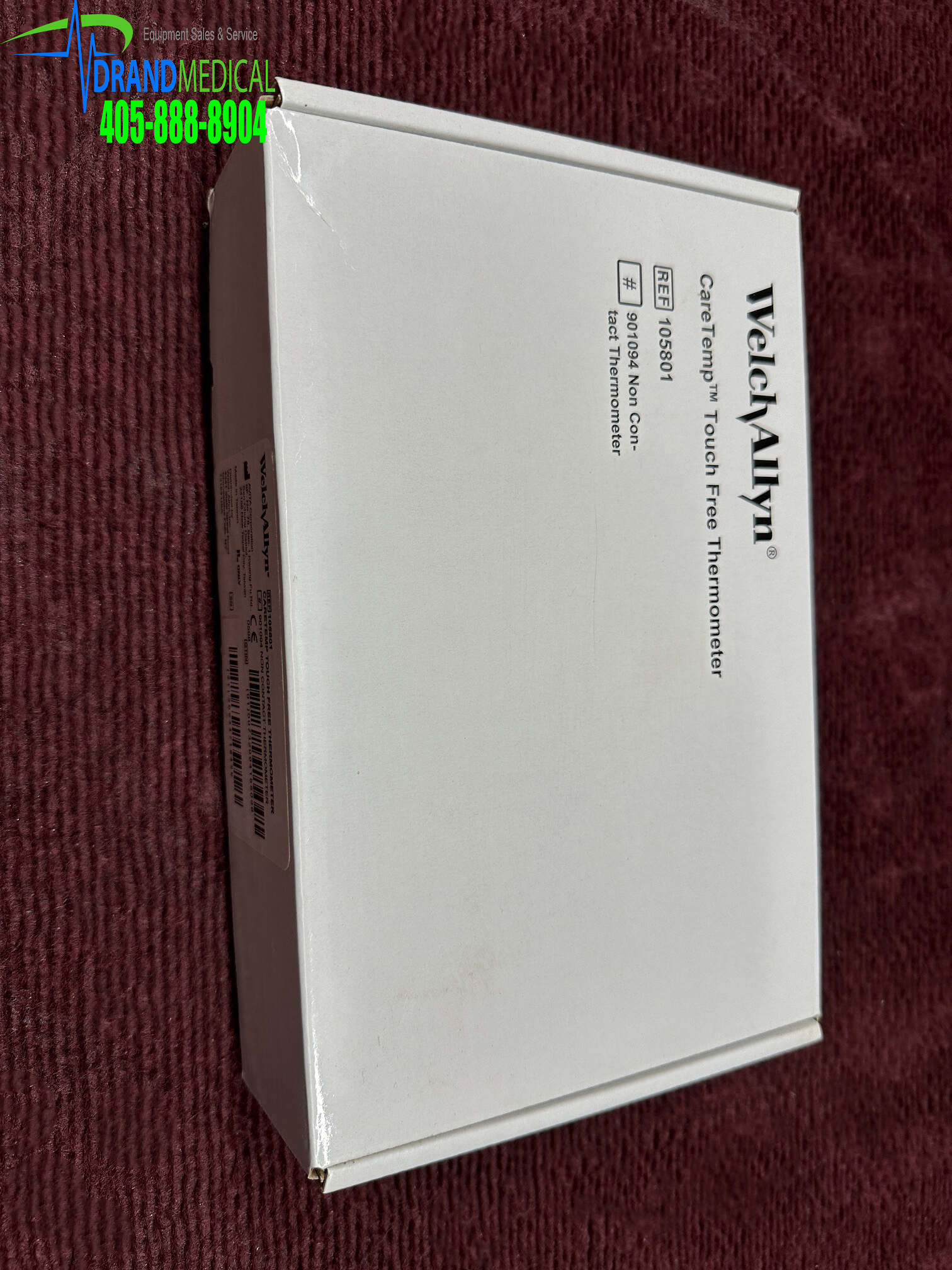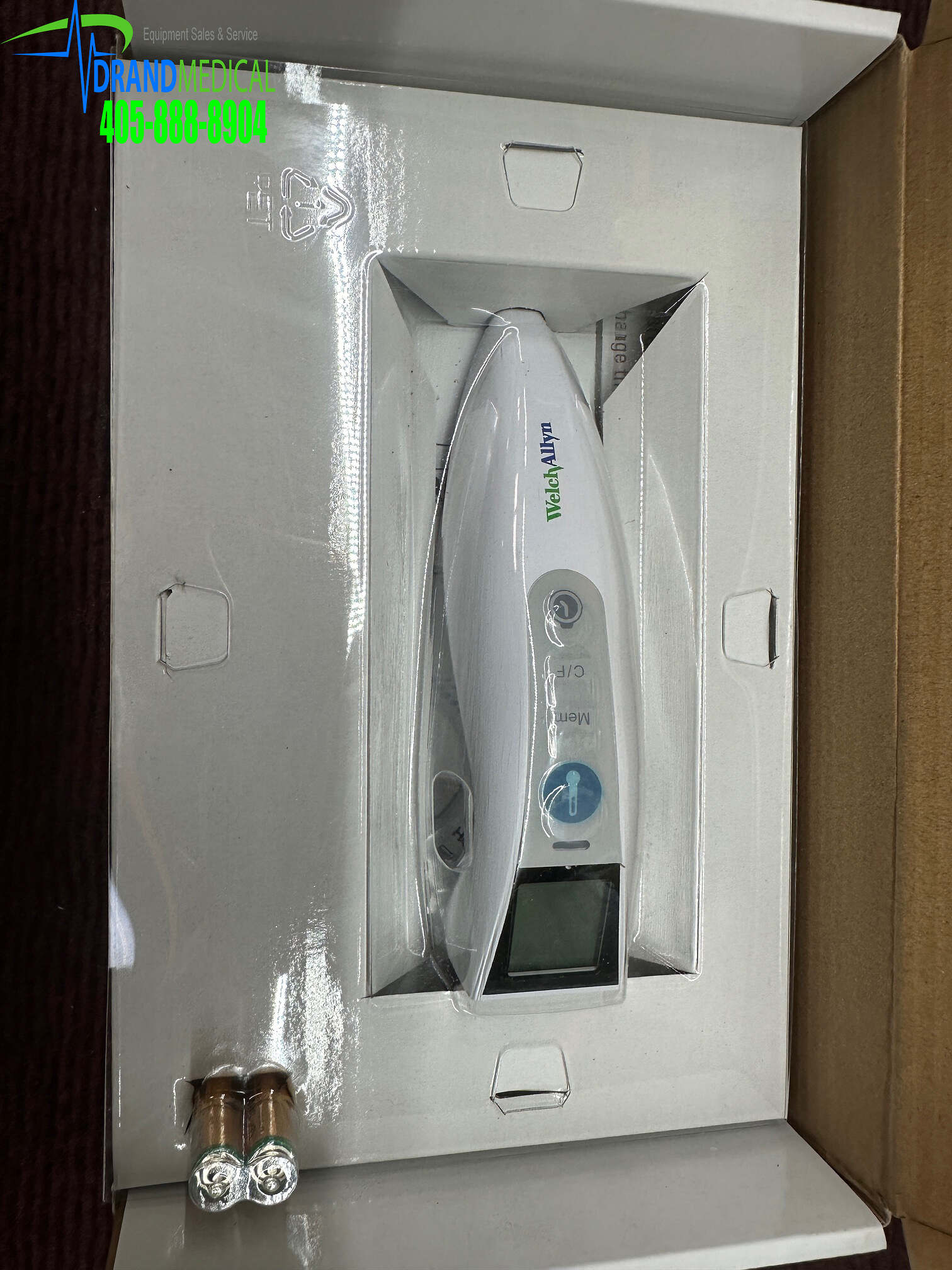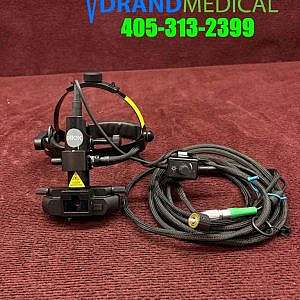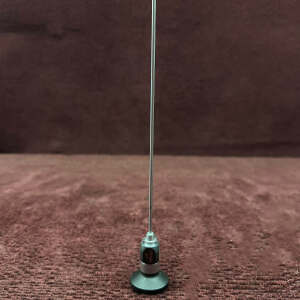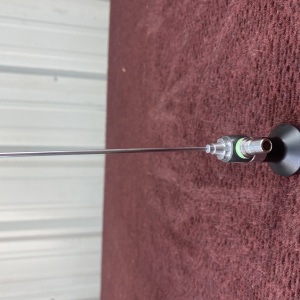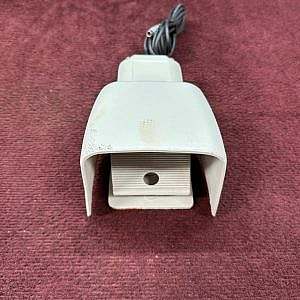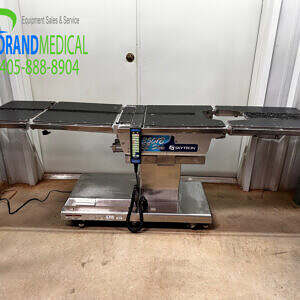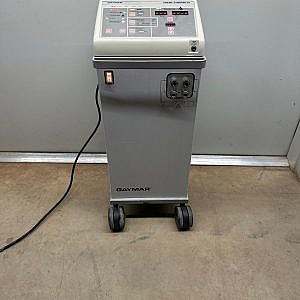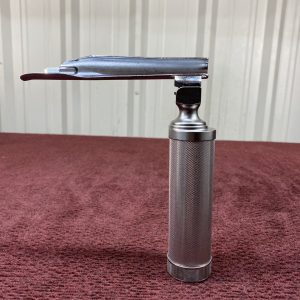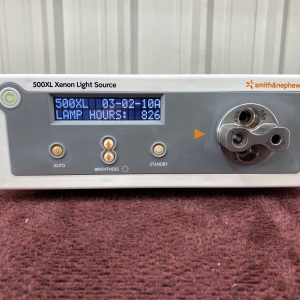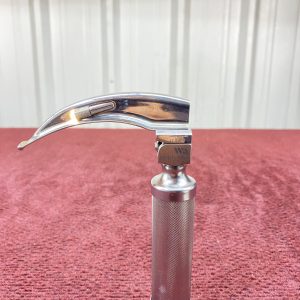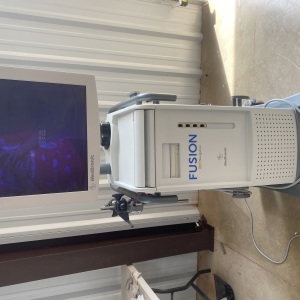Description
Intended use
The CareTemp™ Touch Free thermometer is a clinical-grade device intended for the intermittent measurement of human body temperature in patients of all ages in a professional-use environment.
General warnings and cautions
Warning and caution statements can appear on the thermometer, the packaging, the
shipping container, or in this document.
The thermometer is safe for patients and clinicians when used in accordance with the
instructions and with the warning and caution statements presented in this manual.
Before using the thermometer, familiarize all operating personnel with the general safety
information in this summary. Specific warnings and cautions are also found throughout
this manual.
• Failure to understand and observe any warning statement in this manual could lead
to patient illness, injury, or death.
• Failure to understand and observe any caution statement in this manual could lead to
damage to the equipment or other property, or loss of patient data.
WARNING Patient safety. The thermometer is designed for the
intermittent measurement of the human body’s temperature, and can be
used upon people of all ages. The following recommendations must be
carefully observed during the product’s use. Any activities that are
inconsistent with or do not take into account these recommendations could
result in personal injury or could affect the accuracy of the thermometer
itself.
WARNING Patient safety. If the accuracy of any measurement is in
question, check the patient’s temperature with an alternate method and
then check to verify the device is functioning properly.
WARNING Safety risk. The thermometer battery must be kept strictly out
of the reach of children, as ingestion of the battery could result in poisoning
or other serious health risks.
WARNING Safety risk. Always dispose of batteries in accordance with
applicable legal regulations.
CAUTION Always use new batteries of the type and specification
indicated in this manual. Mixing old and new batteries will shorten the
battery life.
CAUTION Do not use rechargeable batteries, as these may be of inferior
quality and duration. The use of rechargeable batteries could compromise
the performance of this device.
CAUTION Leaking batteries can damage the device. Remove the batteries
whenever the device is not expected to be used for an extended period of
time (e.g. multiple months).
CAUTION If a battery has leaked, put on protective gloves and clean the
battery compartment with a dry cloth.
CAUTION Federal US law restricts sale of the device identified in this
manual to, or on the order of, a licensed healthcare practitioner
CAUTION Proper measurement distance between 4 and 6 cm from the
patient’s forehead is essential to the accuracy of the temperature
measurement determination.
CAUTION Unauthorized modifications to the device are not permitted. Do
not modify the product in any way without the manufacturer’s prior
authorization.
CAUTION In order to avoid incorrect measurements, make sure that the
lens on the thermometer’s infrared sensor lens is clean and intact prior to
use.
CAUTION Avoid touching the infrared sensor lens directly with your
fingers.
CAUTION Do not expose the thermometer to extreme temperatures or
humidity levels. Make sure that you follow the instructions provided in this
manual. Do not expose to direct sunlight.
CAUTION The thermometer is NOT waterproof.
CAUTION Avoid dropping the device.
CAUTION Do not autoclave. Follow only the cleaning procedures
described in this manual.
Note Both the patient and the thermometer should be kept within the same
environmental conditions for at least 30 minutes prior to each
measurement.
Note Avoid taking temperature measurements for at least 30 minutes after
physical activity, bathing, swimming, consuming food or beverages, or
spending time outdoors.
Note Wait at least 1 minute between temperature measurements.
Measurements performed too frequently could result in incorrect
temperature readings.
Note Contact Welch Allyn or your local Welch Allyn representative for any
assistance with configuration, use, and maintenance operations.
Note Avoid pointing the infrared sensor at any heat source other than a patient.
This might affect patient measurements.
Note Avoid exposing the device to external heat sources. This might affect
patient measurements.
Note If possible, measurements should always be taken by pointing the infrared
sensor at the same area of the forehead. Temperatures measured at
different locations on the temples or on opposite sides of the head can vary
considerably.
Note Holding the thermometer in your hands for too long or exposing the device
to external heat sources could result in distorted temperature readings. For
this reason, the body temperature reading could result as being higher or
lower than the actual value.
